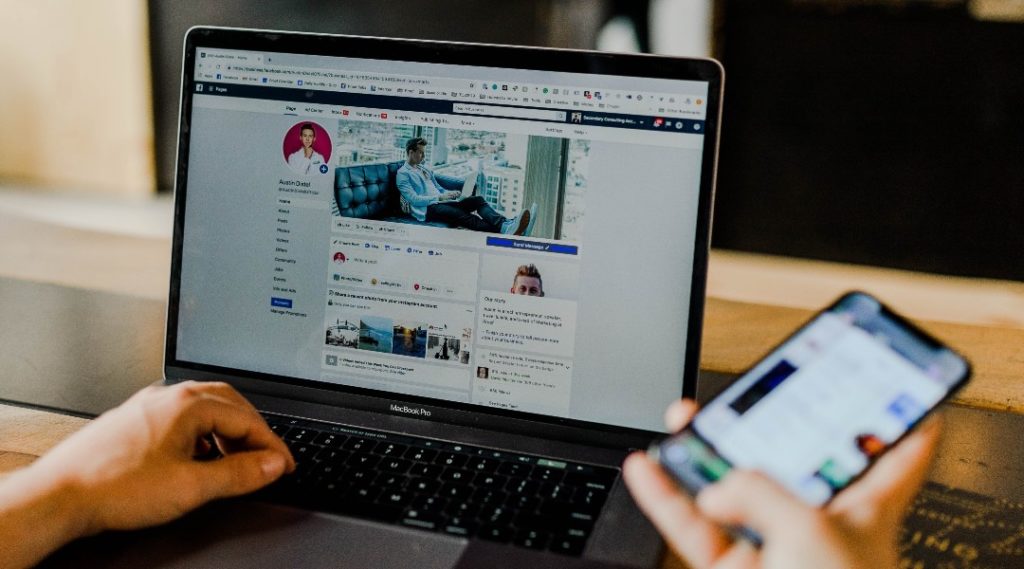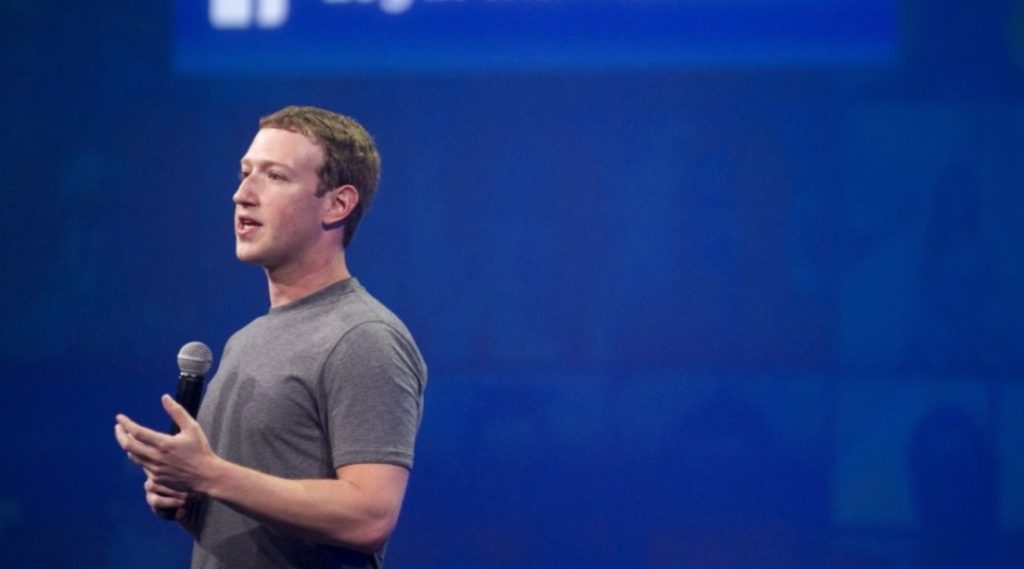In only three days, the social media giant experienced the ad pullout of hundreds of advertisers and the story only continues.
Spanning a history of 16 years, Facebook has connected millions of people worldwide. Even small businesses and conglomerates benefit from the social media network as a marketing platform. However, Facebook has been associated with hate, racist, and misinformed content over the years. Companies began calling the tech giant out for its lack of strong policies and enforcement in policing the objectionable content. As a result, advocacy organizations, companies, and civil rights groups formed #StopHateForProfit, lobbying for ad boycott from Facebook and one of its biggest acquisitions, Instagram. While the groups have pulled in giant corporations, the boycott means much more for the tech behemoth.
RELATED READS: For These Companies, It Is Business As Usual, But With Purpose

Is the boycott enough?
Early June this year, companies started holding Facebook accountable for hosting racial hate groups like white-supremacist organizations. Among the 800 companies that pulled out millions of dollars worth of ads include Microsoft, Ford Motor Co., Unilever PLC, and Starbucks Corp., In mid-July, Disney followed suit, Facebook’s top U.S. advertiser for the first half of 2020. This includes Disney+ with its $210 million ad investment on Facebook and Hulu’s $16 million on Instagram.
As of writing, Facebook has an estimated $70 billion in advertising revenue annually. This comes from over eight million advertisers, most of which are small to medium-sized marketers. Yet eight of the largest boycotters’ U.S. spending only amounts to $689.1 million. Thus, it appears large corporations are not enough to cause a significant loss for the tech giant. Rather, it is the small businesses that propel Facebook’s growth.
Unfortunately, many of these brands hesitate to join the boycott, still seeing Facebook and Instagram as effective marketing platforms. It is not difficult to perceive it in such a way when it is based on the number of active Facebook users alone which is 2.6 billion in the first quarter of 2020. This impressive number takes part in the high visibility of and engagement on the ads posted on Facebook alone.

What happens next?
Facebook responded by taking down 10 million posts that violate policies on hate speech. The tech giant continues its meeting with advertisers but the latter remain disappointed. After all, CEO Mark Zuckerberg told his employees he wasn’t planning to “change our policies or our approach on anything because of a threat to a small percent of our revenue, or to any percent of our revenue.’” An executive in the ad industry even shared how Facebook is “slow and blame-sharing, acting like they are just the platform and society itself is full of bad actors.”
The boycott is crunched into a month-long period to push Facebook to quickly make changes. Yet with the responses they give, it seems the tech giant is complacent towards the hate growing through their platforms. The more vague their policies and explanations are, and the further they delay their actions, the more it highlights their profit-driven nature. More individuals and companies will see Facebook as a toxic platform that encourages hate and violent acts, especially towards minorities. If the social media giant doesn’t change, then it will only be a matter of time for the ad boycott to extend and pull in even their lifeblood, the small businesses.





